4 Steps to Building a Strong Digital Foundation™ for Your Property
We’ve put together this 4-step Guide for MEPs, owners, developers, and architects to understand the fundamental stages of planning, engineering, and constructing a secure, scalable Digital Foundation™.
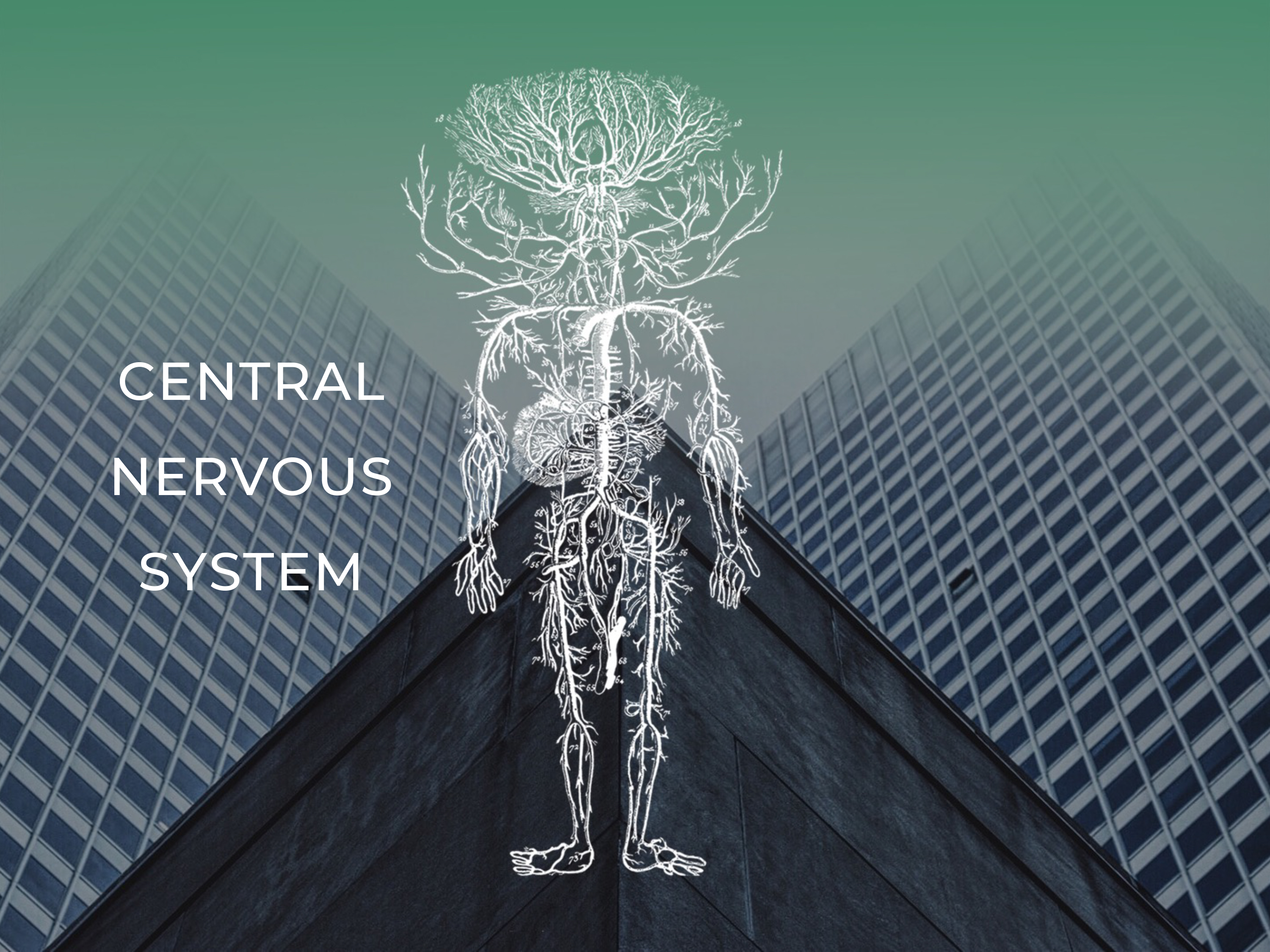
The foundation of a secure, sustainable, Future-Ready smart building is a well-designed fiber-optic network, which we refer to as the Digital Foundation™. We're going to walk through the 4 phases of designing your property's technology infrastructure.
First, here are some concepts you need to understand:
The 4th Utility
Good internet is no longer a luxury.
Just as critical as electricity, water, and gas, your internet connectivity should be viewed as “the fourth utility.”
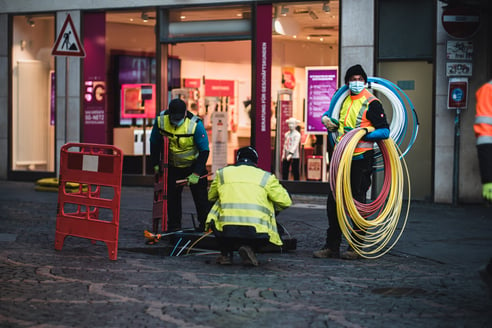
The best wireless is wired
In order to have strong wireless connections throughout the property, you need to place the wires that connect the antennae in the most strategic places. Having this connective infrastructure throughout your property is essential. This includes ISP services into your building from the street or manhole.
So even if you don’t want to integrate all of the technologies today, investing in the network infrastructure at the start will allow you to easily and cost-effectively upgrade new features into your building down the road. This infrastructure helps keep your property competitive now and ensures that the building will be able to accommodate evolving demands of future buyers and tenants.
The Digital Foundation™: Central Nervous System
A Digital Foundation™ can be designed or retrofitted for any type of project, no matter the scale. We approach our office and residential projects with the same Future-Ready Mindset that we bring to large-scale commercial or mixed-use developments. The scalable network we design adds value at every stage of a property’s life cycle; whether renovating a historic townhome, developing a new building, or repositioning an existing office space.
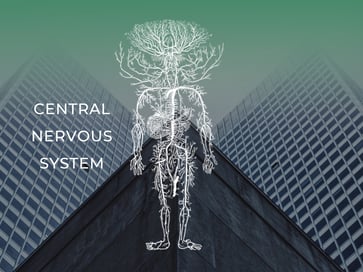 Think about your building’s network as the central nervous system into which all other systems connect. This includes all BAS and BMS (including PoE lighting, HVAC, energy management & monitoring, access control, alarm, surveillance, water and moisture sensors), communications, and entertainment.
Think about your building’s network as the central nervous system into which all other systems connect. This includes all BAS and BMS (including PoE lighting, HVAC, energy management & monitoring, access control, alarm, surveillance, water and moisture sensors), communications, and entertainment.
The veins and arteries of this central network are the fiber optic lines that run vertically throughout the core of your building and the copper Category (CAT) cables that branch out horizontally behind walls and in ceilings. An expert technology integrator will design an efficient, secure, and integrated IP network that will connect every system and power many of the endpoint devices in your building.
By integrating all systems into a single, robust network, your smart building will be easier to secure and more cost-effective to manage. This means you will need a smart building consultant or Technology General Contractor (TechGC) to be a part of the project from the very beginning.
Step 1: Hire a Technology General Contractor
The most effective smart building technology integration flows right along with planning the development of your property — and remains in place on Day-2 after the building opens. Bringing a Technology General Contractor into the early core and shell planning stages is essential to building a strong Digital Foundation™ for your development.
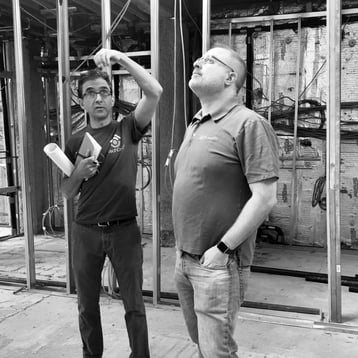 When your TechGC is part of the initial plan set and party to your high-level planning meetings, they are able to ensure direct access and clear communication between integrator, architect, engineer, electrician, and other tradespeople. This guarantees that the critical infrastructure of the building — electrical, heating, cooling, access control systems — is always front and center.
When your TechGC is part of the initial plan set and party to your high-level planning meetings, they are able to ensure direct access and clear communication between integrator, architect, engineer, electrician, and other tradespeople. This guarantees that the critical infrastructure of the building — electrical, heating, cooling, access control systems — is always front and center.
Step 2: Make Network Security Your Top Priority
A poorly designed network is a liability. From leaving your building more susceptible to cyberattacks to miscommunications between systems, a hastily-planned network can debilitate your operations. In order to protect your investment, building, and residents, security must be your top priority.
Just because a building is “smart” does not mean that it always has to be connected to the internet. A local network can connect systems within a building without connecting to the internet, which would leave its systems vulnerable to outside attacks. Proper network configuration will “air-gap” certain systems, to keep them invisible to the outside network. The safest way to run a smart building is to keep control of the most critical systems, such as elevators, air-gapped, or ‘off the grid’ while utilizing connected technologies to transmit real-time information, and streamline the building’s operation, and management.
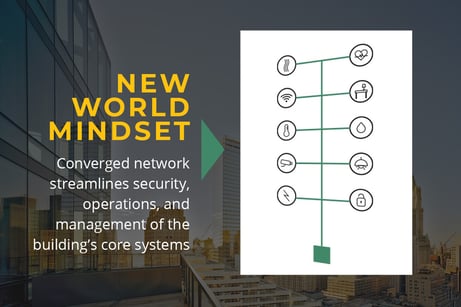
Designing an extensible, converged network at the beginning of the project makes your smart building easier to secure. This approach reduces the building’s attack surface; by creating a single point of access, there are fewer “doors” to protect from hacks and attacks.
Careful selection of firewall, network switches, wireless access points (WAPs), and other network components further ensures network security. Your property will also need continued support to optimize these systems once the building is occupied. This includes ongoing monitoring and maintenance of all devices, their licenses, software updates, and patches.
Step 3: Design Your Smart Building for the Long Term
Technology is going to continually change and improve — your residents and tenants will expect your building to seamlessly support these updates.
Designing a robust network, running the right types and amount of cable (taking redundancy into account), and building physical access panels will give you the foundation to support technology changes without requiring costly and disruptive upgrades in the future.
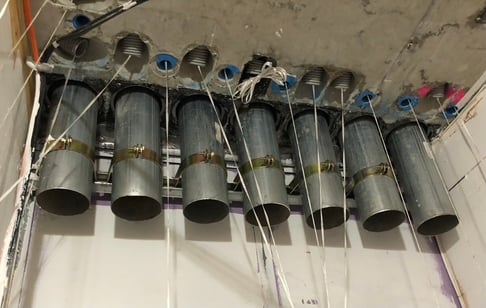
This photo shows the Future-Ready Digital Foundation™ planning in action. Here, a 2in. flexible duct (conduit) is embedded in the concrete slab, extending from the Equipment closets into cabling enclosures inside of each apartment. This is the highest level of future-proofing because it allows the responsible technology partners to run new cabling from point to point without the need to open walls or ceilings or worry about fire-stopping. This infrastructure is what allows for minimally invasive upgrades in our definition of a Future-Ready Building.
Step 4: Simplify the Control
As we get to commissioning, we get to see the vision of the Technology Master Plan come to life and the controls in action. This is where Techmenity’s AV experience and understanding the needs of the end-user are critical. Here, we’re acknowledging the relationship between the technology and the people who are going to be using it. If it’s not easy to use, you’ve missed the point.
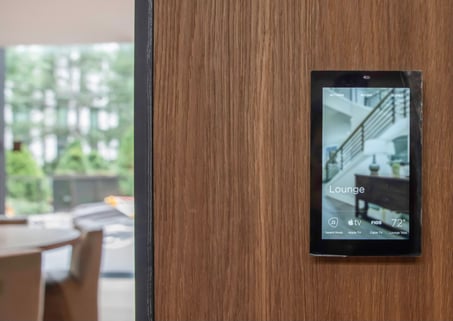
Single Pane of Glass (SPoG) is the user interface that provides control of multiple systems from one screen. Creating a SPoG for access control, security, HVAC, lighting, etc. results in centralized operation and unification of a facility’s ecosystem.
Next Steps: Implementation & Design Integrity
So now you’ve laid the Digital Foundation™ for a truly Future-Ready smart building. But you still have to carry the Technology Master Plan throughout the construction and value-engineering phases to ensure that all the systems will perform as intended upon project delivery. To do this efficiently and cost-effectively requires both a new role and a new mindset within the construction industry.
Schedule a call and follow the links below to read more about the role of the Technology General Contractor and the importance of a Future-Ready Mindset in this next era of global real estate development.
This is Part III of our three-part series on Future-Ready Buildings:
- Part I: Smart Isn't Enough

